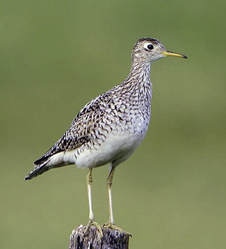 “Upland Sandpiper” by Andy Reago & Chrissy McClarren, Flickr, CC by 2.0 “Upland Sandpiper” by Andy Reago & Chrissy McClarren, Flickr, CC by 2.0 Decades ago, across a patch of land where cattle grazed, two students of Aldo Leopold recognized the call of the upland sandpiper. That eerie sound helped Doug and Dot Wade to recognize a highly degraded remnant prairie. Against all odds, a process started that would save this piece of ground for nature. Over the next few years a small group of people would demonstrate that given the right conditions, mainly the exclusion of cattle and return of fire, that rare prairie plants would once again thrive. In One Man’s Endeavor to Save the Prairie Kim W. Johnsen writes . . .
This group of listeners, thinkers, and activists led The Nature Conservancy to purchase the land that would become Nachusa Grasslands. On August 26, 1986 the first 130 acres were purchased. (Prairie Smoke 2016 Annual Stewardship Report; p. 4-5) Over time, more and more land containing degraded remnants was purchased, followed by farm fields of row crops that connected the remnants. These farm fields would need to be planted with native plant seeds and nurtured to bring back a prairie with a diversity of grasses and flowers. Some area ecologist observed the restoration work in progress at Nachusa, and in small areas within the Cook County Forest Preserve District, and labeled it gardening. After all, he thought, the succession of plants and trees from an area, to be followed by others, is a normal ecologic function. When weather conditions change, or fire is absent, or a river changes course, or a natural barrier creating a dam breaks to expose the lake bottom to sunshine and air, plants and animals that are better suited to the changed conditions move into those areas and nature heals itself. Normally this happens over very long periods of time, but it happens. So, when groups of people began to step in and remove some plants in favor of others and began harvesting nearby seeds and planting them, it appeared to that ecological purist, to be gardening. People doing ecological restoration start with the premise that the natural environment has been altered by humans to a degree that normal processes of succession no longer work. A restoration starts by researching the plants and animals that have historically been present. This is done by studying old diaries, maps, land surveys and any other document that can be obtained. Museum collections are reviewed to see what was collected or recorded in the area. An effort is made to return the land to pre-settlement conditions. When seeds are selected, with a few exceptions, great effort is made that they are locally sourced and the species are historically part of the landscape. Once the plant community is restored, it is hoped that the insects, birds, and mammals will return. The gardener and the person doing ecosystem healing share many common procedures that some think have similar results. Both sow seed into the ground, use cuttings and plants grown in containers, pollinate plants by hand, and use herbicides to eliminate unwanted plants. Each prepare the ground to maximize chances for success. Many of the tools and methods used in the healing process were first used by gardeners. The result of all the effort in both cases, is a landscape beautified with flowers, grasses, shrubs, and trees. So why is ecological restoration not gardening? The gardener is looking for maximum visual impact and will select plants originating from distant lands to accent a garden. A gardener will place plants to offer coordinating and contrasting, colors, heights, shapes, and varied bloom times. A gardener may crossbreed plants, often pollinating plants by hand to maximize and enhance desired qualities, allowing only the plants with those qualities to propagate. A neighbor, who loved to garden, would hand pollinate his snapdragons and then isolate the flower so only the pollen he provided could become seed. Every year, his snapdragons had robust and colorful blooms. The efforts of the gardener are directed to provide a display pleasing to the human eye. Restoration efforts promote plants that are native to the area — plants that need special habitat to thrive and that are now rare. Habitat, once abundant, has been converted to roads, parking lots, buildings, and farms. Neglect has degraded other natural areas where native plants find it difficult to survive and reproduce. The suppression of fire has allowed honeysuckle, multi-flora rose, and other invasive species to crowd out fire adapted plants. A friend, who loved native plants, would hand pollinate an endangered plant whose population was no longer large enough to reproduce; the insect most likely to pollinate the plant was no longer present or the plants too far apart for insect pollination to be effective. This plant, the federally endangered eastern prairie fringed orchid, painstakingly hand pollinated, and caged to prevent deer browse, began to thrive on a few new sites where seeds were scattered. In time, seeds of this orchid from a population in Lake County were spread in many places at Nachusa. For years no orchids were found, but in one wetland, it now thrives at Nachusa, uncaged and once again pollinated by insects. Nachusa’s population is now one of the largest in the state and among the largest in the world. (Prairie Smoke 2015 Stewardship Report; p. 6) To a person doing ecosystem healing, placement of a plant in conditions it will thrive is important, thus matching the seeds or young plants to the environment best suited to its needs. Conditions such as whether an area is naturally wet or dry, sunny or shaded by trees, or even a north facing or south facing slope may determine a native plants success in growing and reproducing. Ultimately it will be nature that decides whether a plant succeeds or fails in any given location, just as it did before Europeans arrived. When gardening, the gene pool for the next generation is selected by the gardener for qualities that please people. It might be size, color, shape or some other unique feature that people choose to pass forward to the next generation. In ecosystem healing, the goal is to let nature do the work of selecting the next generation. A diverse plant mix, matched to the right ecological conditions will self-assemble over time, to fit back into its native environment. As the insects, birds, and mammals return, they select the gene pool for the next generation; thus, providing an opportunity for the normal processes of change and succession to be restored. The greatest compliment for the work done at Nachusa won’t come from people visiting to admire the view, although the views at Nachusa are spectacular. Every visit offers something different in bloom, often changing the color and look of the landscape from one week to the next. Many of the flowers and plants were once abundant and covered vast tracks of land as far as the eye could see, but now they only survive in small isolated patches and have become rare. Many require special conditions of associate plants or companion soil microbes to thrive, conditions that are slowly being restored at Nachusa. The greatest compliment comes from the variety of insects, birds, and mammals that find their way to Nachusa and begin to thrive. Recently the upland sandpiper not seen in the area since 1988, returned to Nachusa to add its voice to the prairie remnants; when it nests and raises it's young this will be viewed as the greatest compliment of all. Written by Paul Swanson, a volunteer at Nachusa.
1 Comment
|
Blog CoordinatorDee Hudson
I am a nature photographer, a freelance graphic designer, and steward at Nachusa's Thelma Carpenter Prairie. I have taken photos for Nachusa since 2012. EditorJames Higby
I have been a high school French teacher, registered piano technician, and librarian. In retirement I am a volunteer historian at Lee County Historical and Genealogical Society. Categories
All
Archives
January 2024
|
CONNECT WITH US |
|
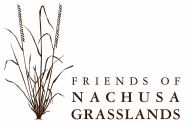
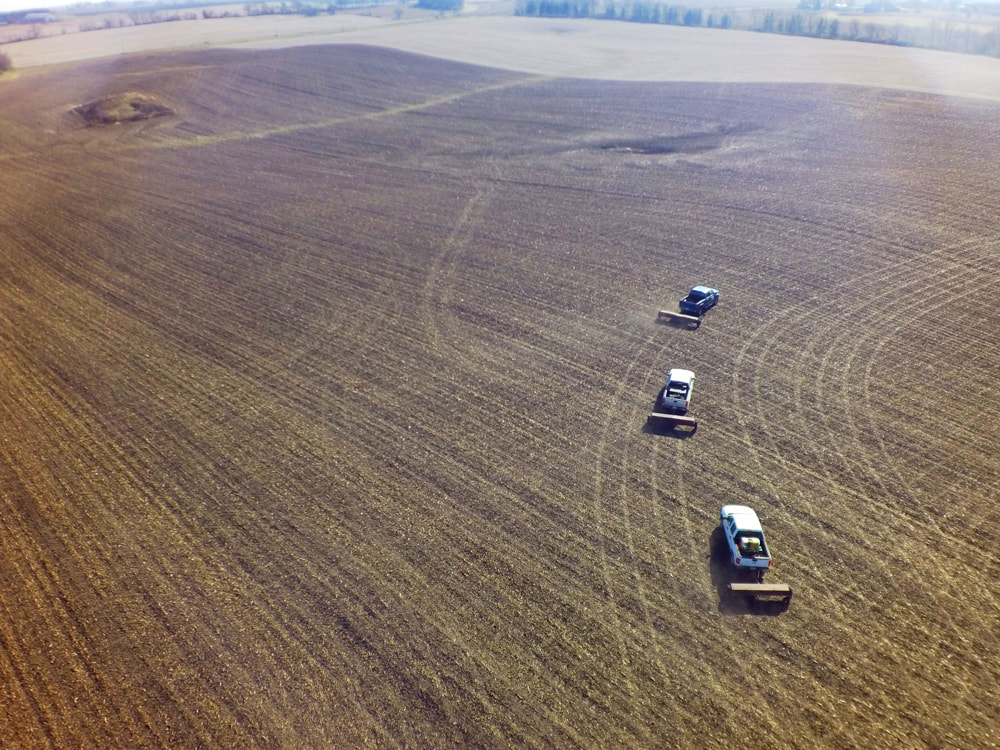
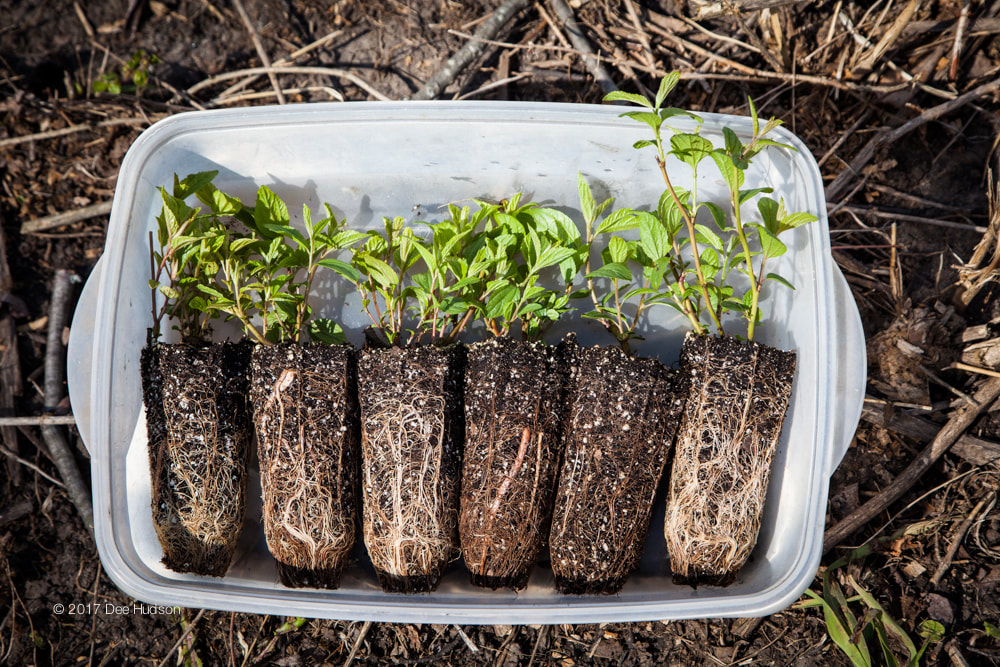
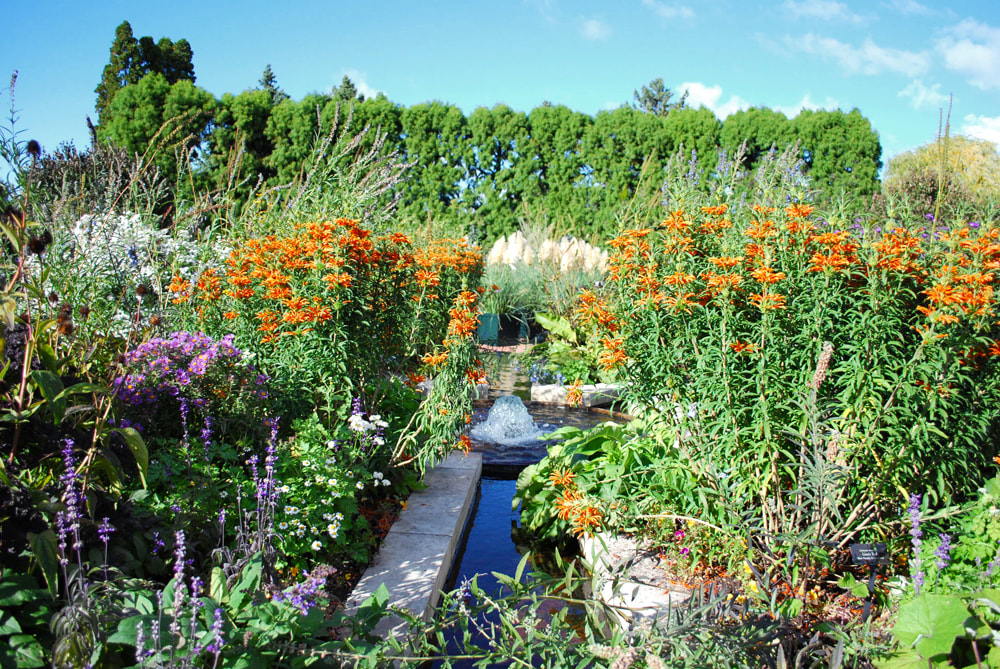
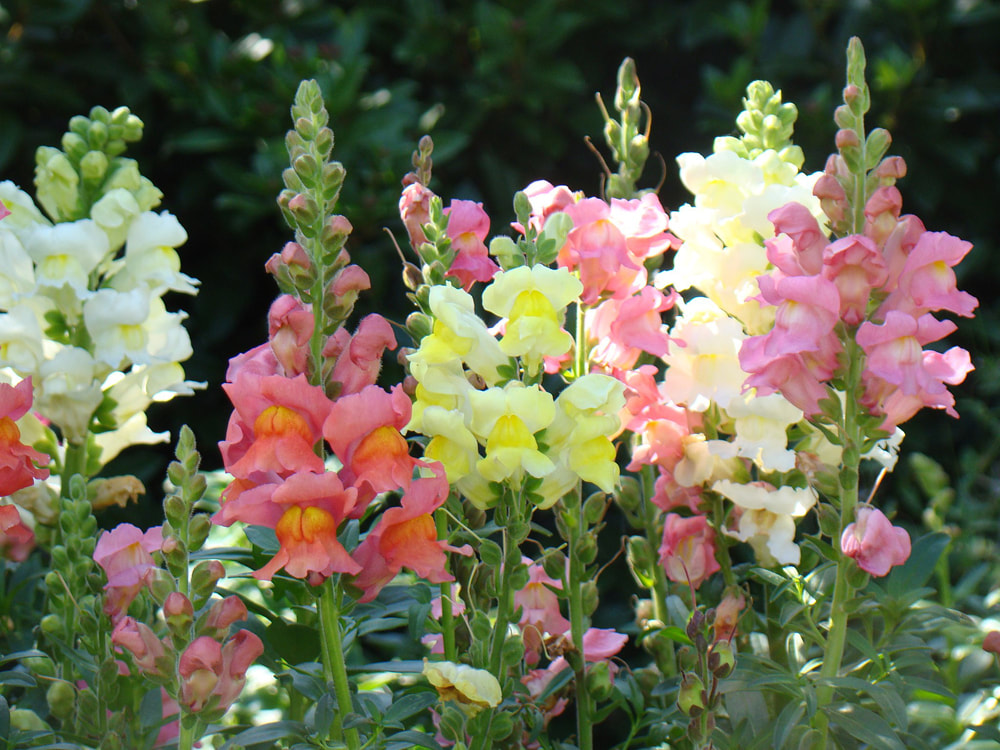
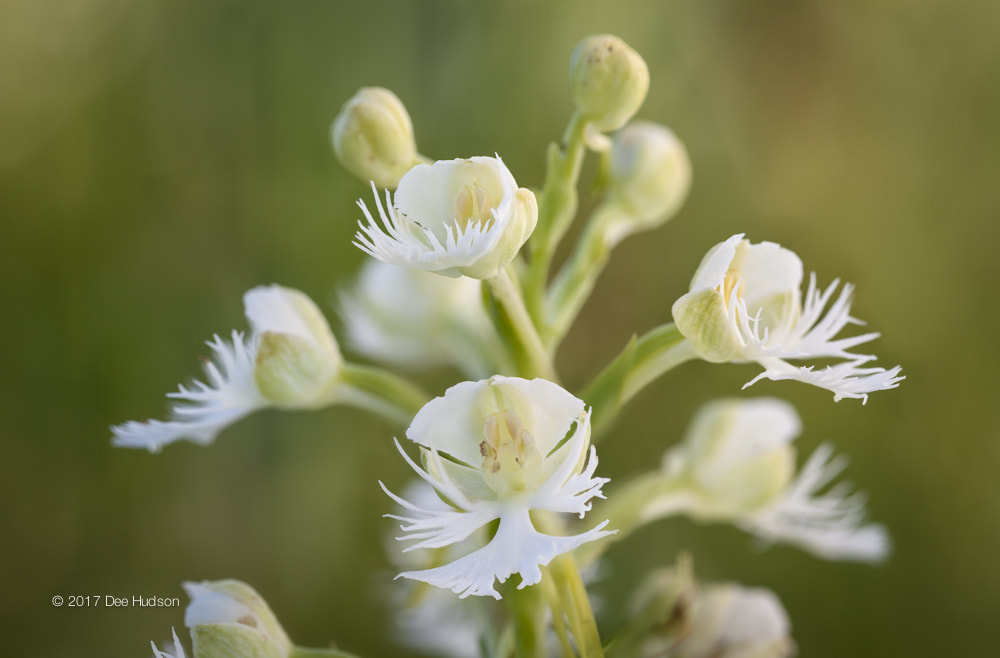
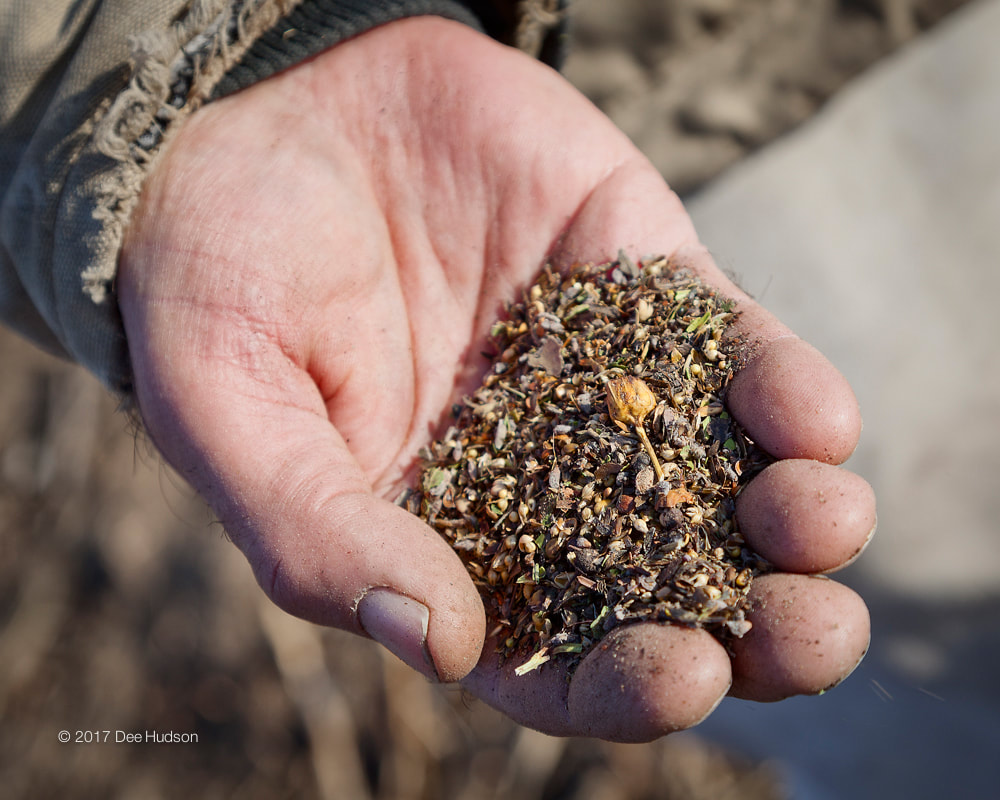
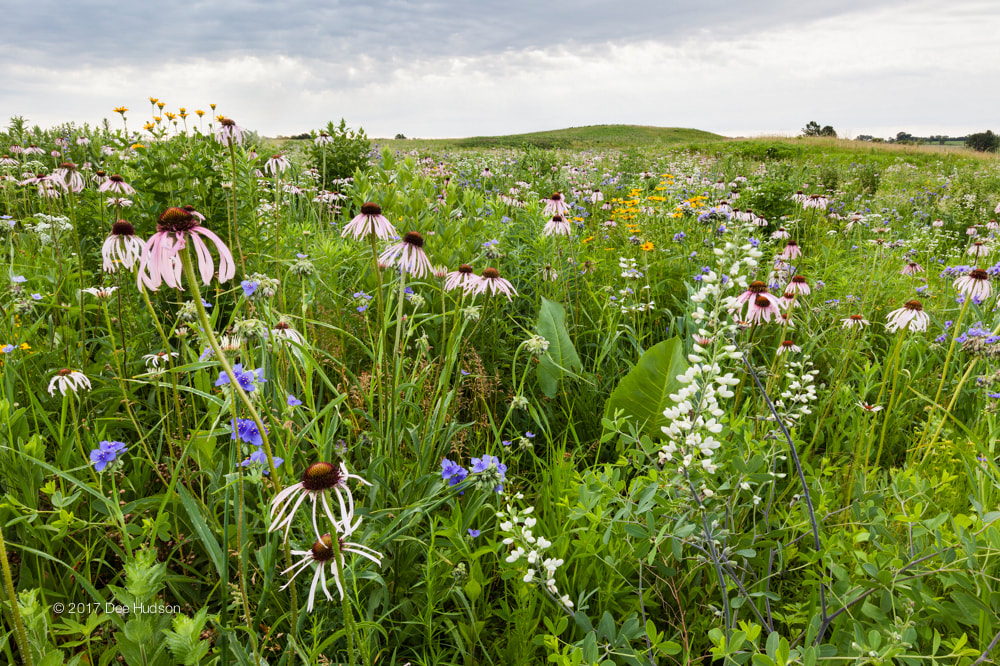
 RSS Feed
RSS Feed